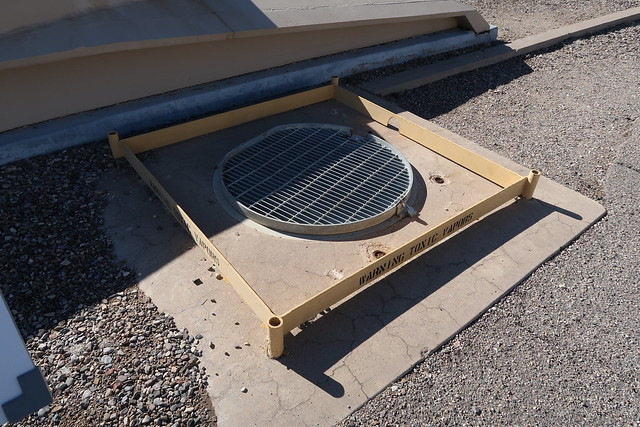Shopping For an Instant Water Heater Electric
When shopping for an instant water heater electric, look for models that don’t use a pilot light. The slight energy consumption from a constantly burning flame can add up over time.
It’s best to hire a professional for installation. Working with electricity and gas can pose safety risks for non-professionals. They also understand local codes and regulations regarding carbon monoxide emissions.
Energy efficiency
Electric tankless water heaters consume less energy than traditional water heaters and operate at a high efficiency. They can easily fit into small spaces and are compatible with green energy solutions, such as solar water heating systems. With lifespans spanning decades, they can also reduce household waste and fossil fuel emissions.
When shopping for a new water heater, look at its Energy Factor (EF) rating. This value determines how efficient the unit is by evaluating recovery efficiency, first-hour delivery, standby losses, and cycling losses. A EF of 0.91 or higher is considered energy efficient, and you can find this information on the product specs.
The Energy Star label is another useful tool for comparing water heater efficiency. This designation is based on a 24-hour simulated test that measures a water heater’s energy end-use efficiency. The label evaluates the unit’s performance in terms of energy consumption, kilowatts, and Btus per hour.
To get the most out of your electric water heater, consult with a professional to determine the optimal size instant water heater electric for your home. They can assess your peak hot water demand and examine your electrical service capacity to ensure compatibility with the appliance. They can also recommend energy-saving appliances and low-flow fixtures for your home to help lower your electricity bill. Lastly, consider a renewable energy source for your home like Major Energy to maximize the benefits of your new water heater.
Sustainability
Unlike traditional storage water heaters, which continuously maintain a large volume of hot water, tankless models heat only when you open the tap. This eliminates the energy waste that results from standby losses, and translates to significant savings on utility bills. This makes on-demand heating super savvy for Southern California living spaces where every utility dollar counts.
Furthermore, if you have an older gas water heater in your home, you can easily switch it to an electric model. Not only will this help you cut your energy costs, but it will also reduce your carbon footprint. Since these systems demand less raw materials to manufacture, they are more eco-friendly than their fossil fuel counterparts. They also offer a longer lifespan, meaning they don’t require frequent replacements and contribute to a smaller environmental impact.
The emergence of tankless electric water heaters reflects a larger trend towards more sustainable living. These innovative solutions are highly sought-after by buyers looking for abodes that deliver a healthier lifestyle alongside reduced environmental impact. As a result, they have become one of the most popular home upgrades among modern purchasers. Integrating these eco-friendly enhancements in your property will set you apart from the competition, and will boost your home’s value. As such, this is a great way to attract environmentally conscious buyers and increase your chances of selling your property faster.
Warranty and customer support
A water heater warranty is a great way to ensure your system stays running smoothly. It also protects you against paying out-of-pocket costs when the time comes for repair or replacement. A standard manufacturer’s warranty typically lasts six years, but some may offer extended coverage plans to lengthen the protection period.
Most manufacturers require that you register your warranty within 30 days of installation to get full coverage. You’ll usually find this information on a sticker near the unit. This can be problematic if you purchase an older home with a tankless water heater that hasn’t been registered properly.
If a problem occurs with your system, you can contact the manufacturer to arrange for service. Depending on the policy, you might be required to pay for a repair or replacement out of your own pocket, but many companies have dedicated networks of qualified technicians who can fix the problem.
However, if your water heater is damaged by misuse or neglect, it will void the warranty. Likewise, damage caused by non-authorized service or alteration will also void the warranty. To make sure you’re covered, check your homeowner’s insurance to see if it includes coverage for water heater repairs and replacement. If not, you can purchase a home warranty to cover the cost of your water heater and other major systems and appliances.
Installation
A new tankless water heater electric can save you money on energy bills and is easy to install. However, you should consider hiring a professional to complete the installation to ensure it meets local plumbing and electrical codes. Additionally, some units require larger gas supply lines and exhaust systems than conventional tank-type models.
Before starting the installation, make sure you have all of the tools and materials you need. Also, clear the area where you plan to mount the heater and remove any objects that may interfere with your work. It’s electric tankless water heater a good idea to turn off the main water valve to prevent water from flowing into the pipes during the installation process.
Next, disconnect any power or gas lines to the old water heater. You should also shut off the circuit breaker that powers the unit to avoid an accidental electrical shock. Once you’ve done this, you can begin the installation process.
It’s important to follow the manufacturer’s instructions when installing your water heater. Some models have slightly different setups and testing procedures, so always reference the manual.
Lastly, connect the wire sets to the terminal block of your new water heater. Be sure to use the correct wire size for your model. The recommended size is 6–8-gauge copper with a current rating of 65 amps or less.



